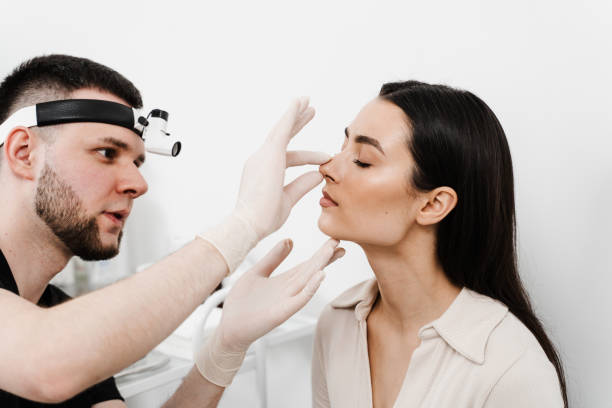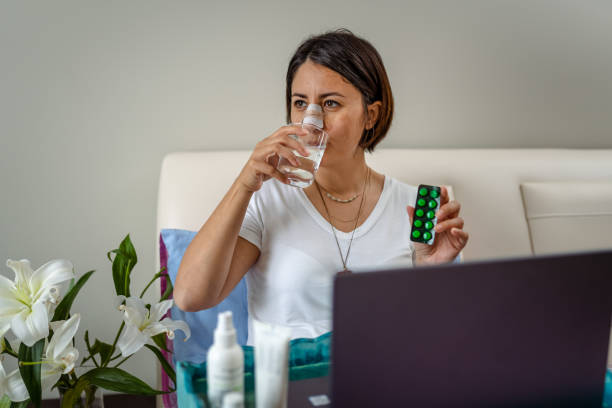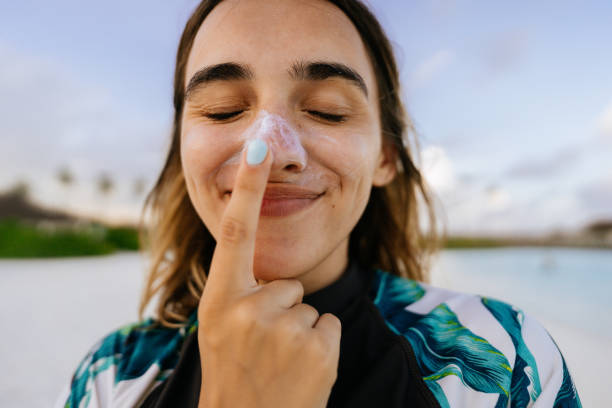Rhinoplasty in Mumbai
Rhinoplasty is a transformative procedure that offers both cosmetic and functional benefits. It can enhance facial harmony, correct breathing issues, and significantly boost self-confidence. Understanding the ideal candidate criteria, the detailed procedure, and the recovery process is crucial for anyone considering this surgery. With proper care and guidance, rhinoplasty can yield lasting, life-changing results.
Dr. Viral Desai is renowned for his expertise in rhinoplasty in Mumbai. He leverages over two decades of experience in cosmetic and plastic surgery to deliver superior results. His approach focuses on achieving safe, natural-looking enhancements. This commitment has earned him a respected position among Mumbai’s top surgeons. Dr. Desai’s skill in facial aesthetics is complemented by his membership in prominent professional associations, ensuring he remains at the forefront of the latest advancements in rhinoplasty techniques.
Dr. Viral Desai, an eminent cosmetic and plastic surgeon in Mumbai, adds:
“Rhinoplasty can refine the nasal tip, reduce the size of the nostrils, and adjust the angle between the nose and upper lip, creating an aesthetically pleasing profile. It can correct congenital issues affecting nasal function and repair damage caused by injury, restoring both form and function.”
Ever wondered how the procedure can transform your entire appearance? Let’s explore the incredible advantages.
Benefits of Rhinoplasty

Enhanced Facial Harmony

Improved Breathing

Boosted Confidence
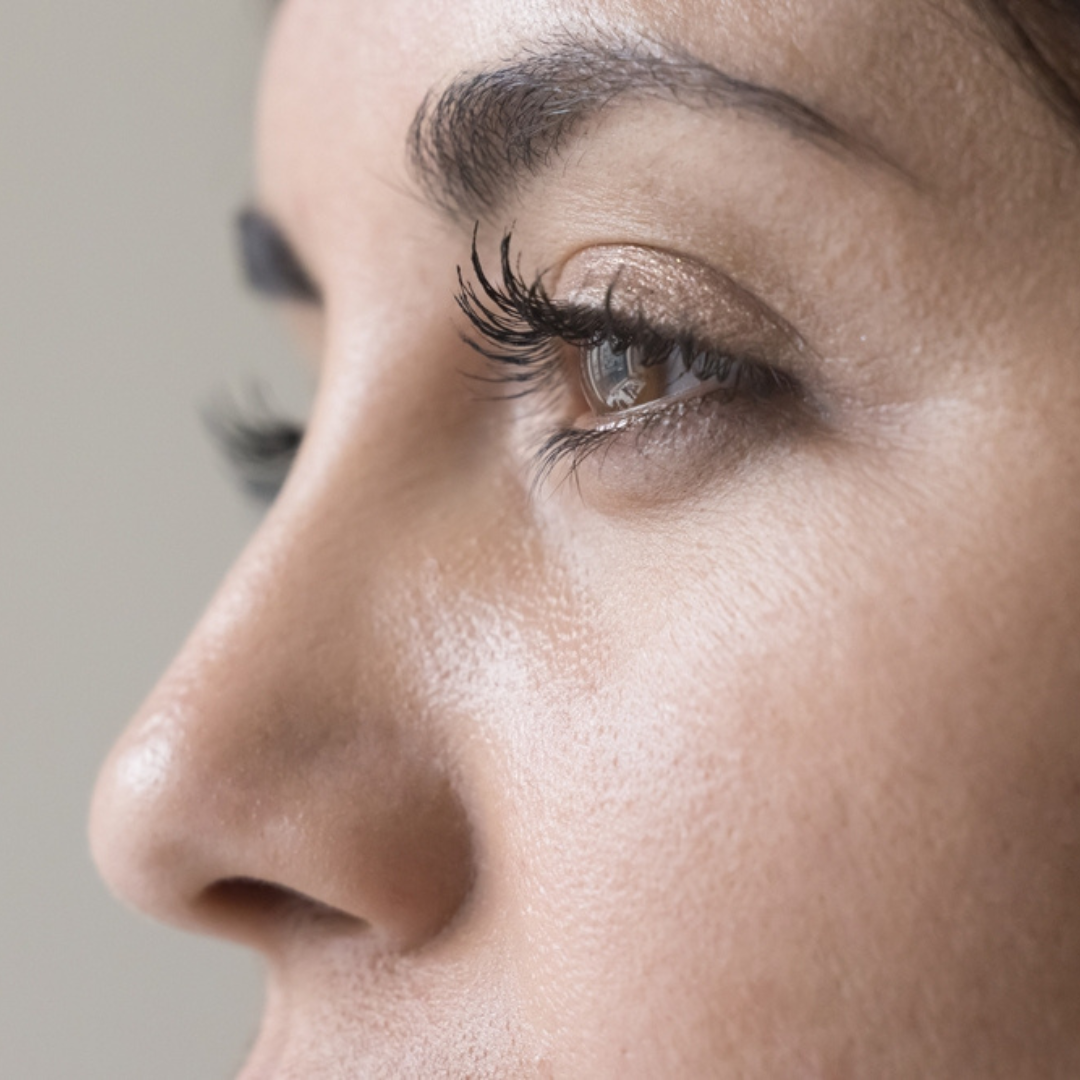
Permanent Results
Who is the Ideal Candidate for a Nose Job?
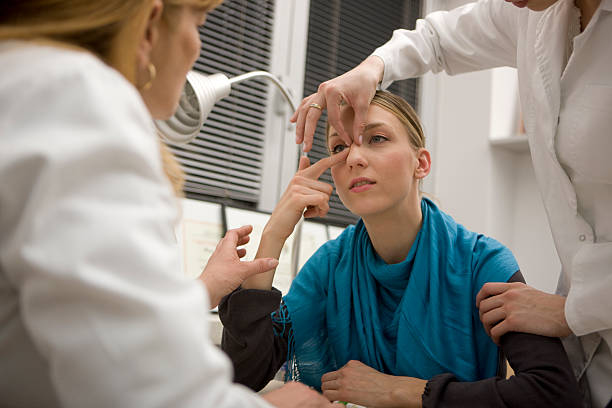
- Candidates in good overall health without severe medical conditions that could impair healing or increase surgery risks
- Non-smokers or those who can quit smoking well in advance, as smoking can significantly impair the healing process
- Individuals with realistic expectations as understanding the realistic outcomes of rhinoplasty, including what it can and cannot achieve, is crucial for patient satisfaction
- Individuals seeking to correct imperfections, including a bump on the nasal bridge, a drooping nasal tip, or a crooked nose
- Those experiencing breathing difficulties due to structural abnormalities of the nose, such as a deviated septum
- Candidates with fully developed facial skeleton, typically by 15-17 years old for girls and 17-19 years old for boys, to ensure stable results
Let’s break down the steps, starting with your first consultation.
Rhinoplasty Procedure
Consultation:
The surgeon assesses your nasal structure, discusses your aesthetic and functional goals, and explains the potential outcomes. It’s also an opportunity to ask questions and express concerns. The surgeon may use imaging technology to show you simulations of possible results based on your unique facial structure.
Preparing for the surgery typically includes:
- Fasting at least 7 hours before your surgery to prepare for anesthesia
- Taking specific medications leading up to the day of the procedure, as prescribed by your surgeon
- Wearing loose, comfortable clothing
Dr. Viral Desai, a trusted surgeon for rhinoplasty in Mumbai, adds:
“Choose a top that zips or buttons at the front to avoid disturbing your nasal area after the surgery. Avoid medications that can increase bleeding, such as aspirin or ibuprofen, for several weeks before the operation. If you smoke, you must stop well in advance to ensure optimal healing. Arranging for someone to drive you home and assist you for a few days post-surgery is also crucial.”
Detailed Step-by-Step Process of Rhinoplasty:
The procedure begins with administering anesthesia, which could be general or sedation, depending on the complexity of the surgery and your surgeon’s recommendation.
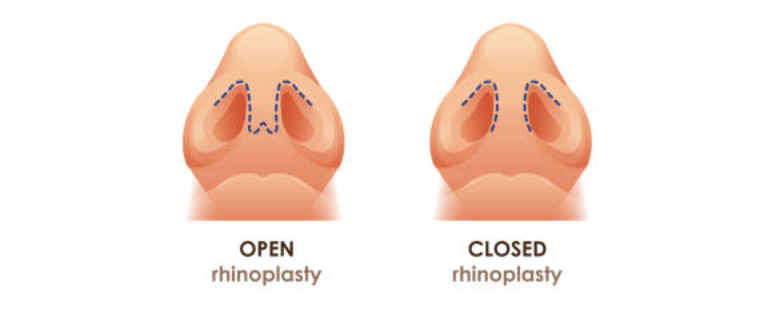
The doctor can perform a rhinoplasty using either an open or closed approach. In an open rhinoplasty, the surgeon makes an incision across the columella, the narrow strip of tissue separating the nostrils. For closed rhinoplasty, incisions are hidden inside the nose.
Reshaping the Nose Structure:
The nasal structure is reshaped by adjusting the nasal bones and cartilage depending on your needs. This may involve removing bone or cartilage or adding tissue, typically using cartilage taken from deeper inside the nose or from another part of the body.
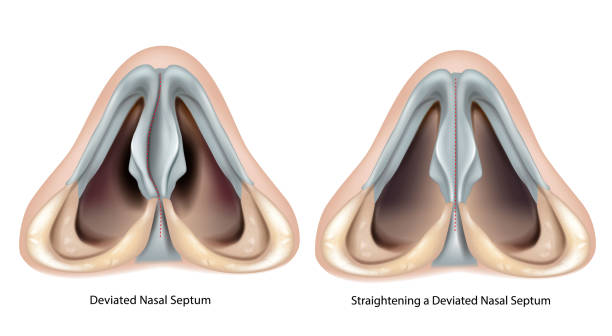
If the procedure aims to improve breathing, the surgeon can straighten any deviated septum and reduce projections inside the nose to improve the airway.
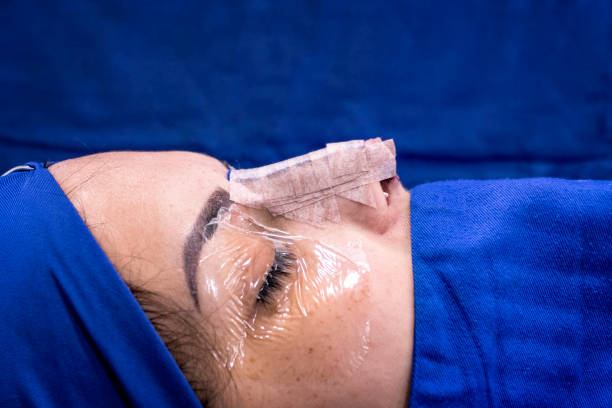
Once the desired shape is achieved, the skin and tissue are redraped over the nose’s structure, and the incisions are closed.
Initial Healing:
Immediately following surgery, a splint, and possibly packing will be placed inside your nose, with bandages on the outside to support and protect the new structures during initial healing.
Fill the form below to book an appointment
Wondering what the aftermath looks like? Here’s what you can anticipate post-surgery.
What to Expect After a Nose Job
Here are some common experiences you can expect during the recovery phase:
- Significant swelling around the nose and eyes, which will peak within the first 48-72 hours and gradually decrease over the following weeks
- Bruising, especially under the eyes, is common but typically fades within 2 weeks
- Mild to moderate dull aches or discomfort, which you can manage with prescribed pain medication
- Nasal congestion due to swelling inside the nasal passages
- Some numbness around the nose or upper lip is possible and is usually temporary
- A small scar at the base of the nose, if you had an open rhinoplasty, which typically heals well and becomes less noticeable over time
Rhinoplasty Results
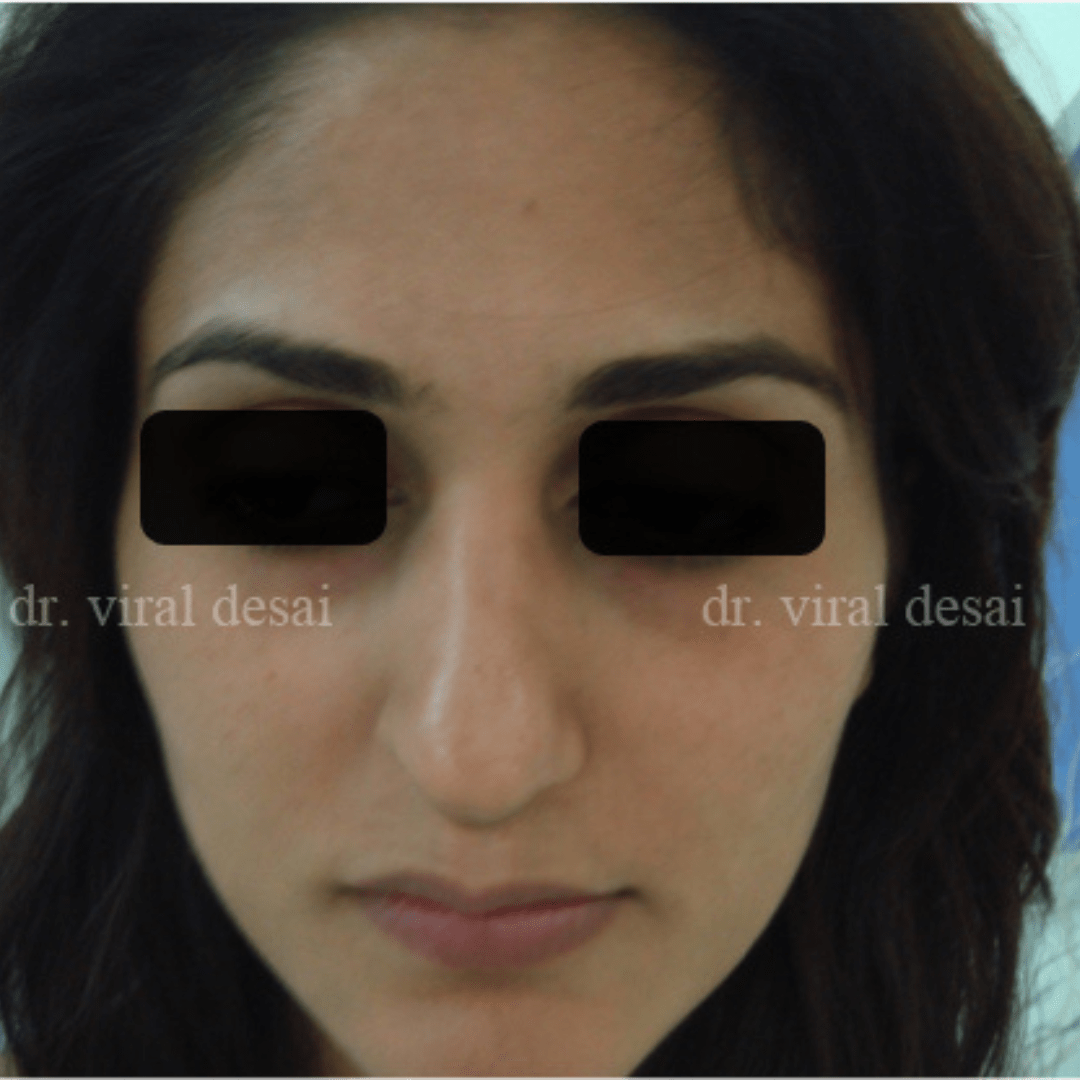
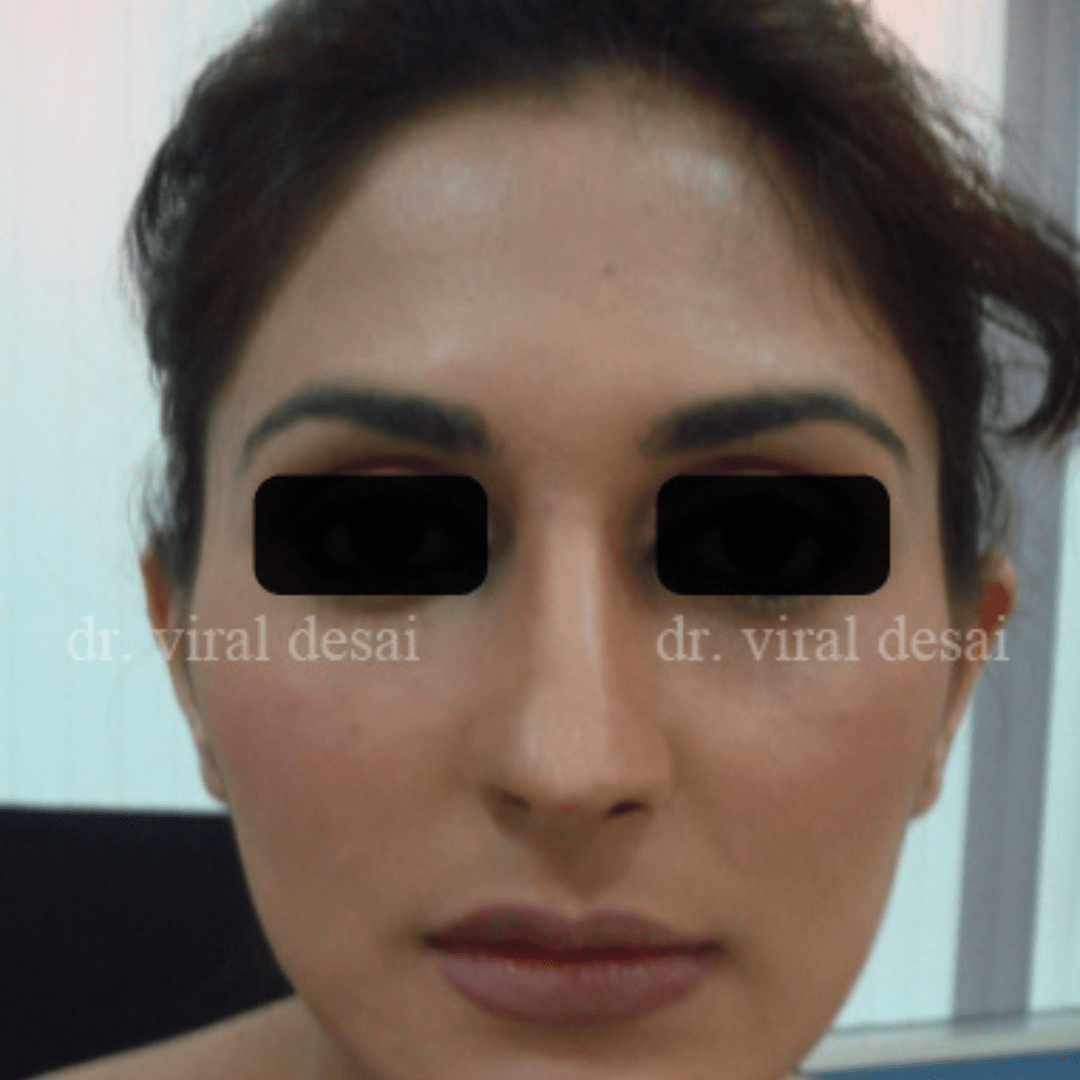
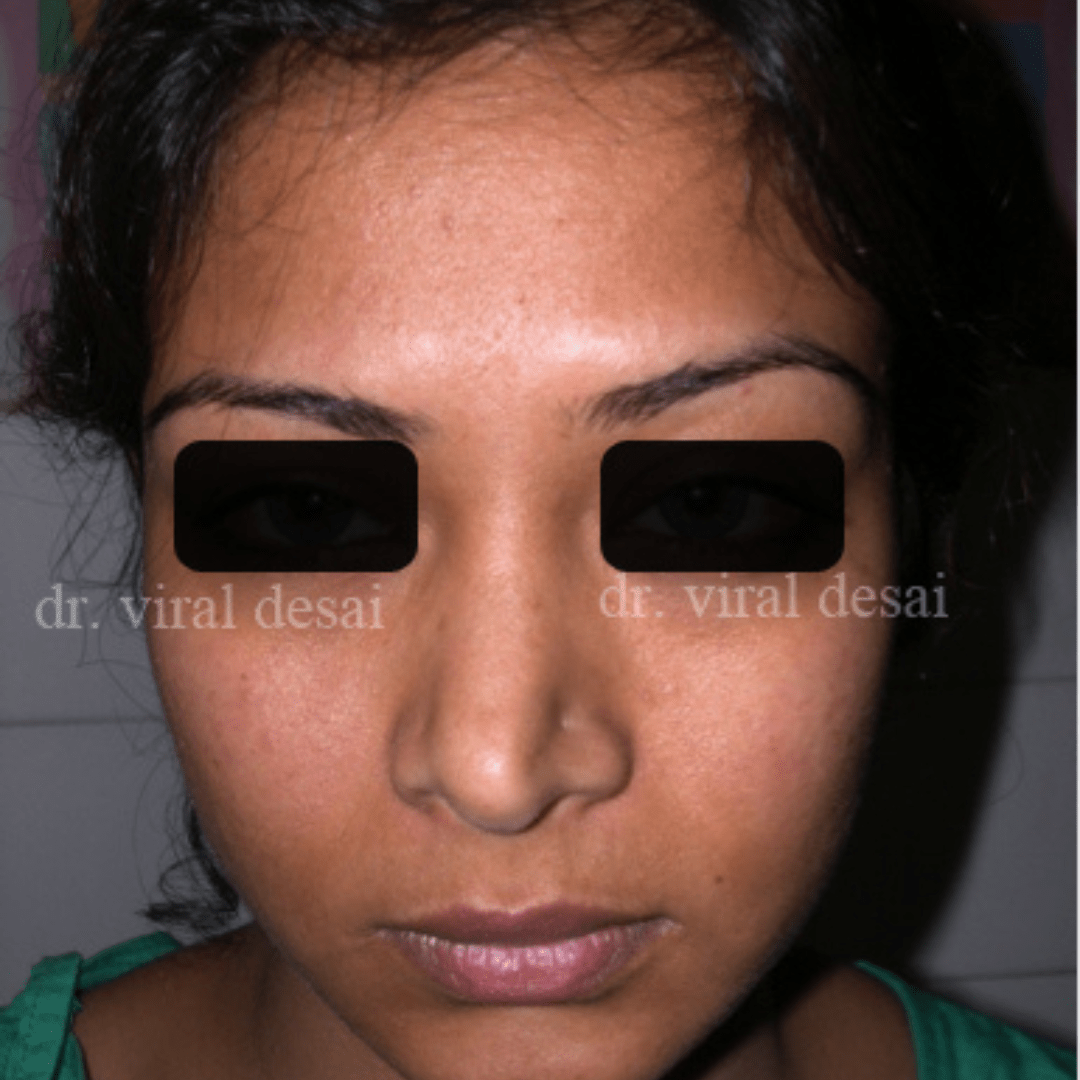
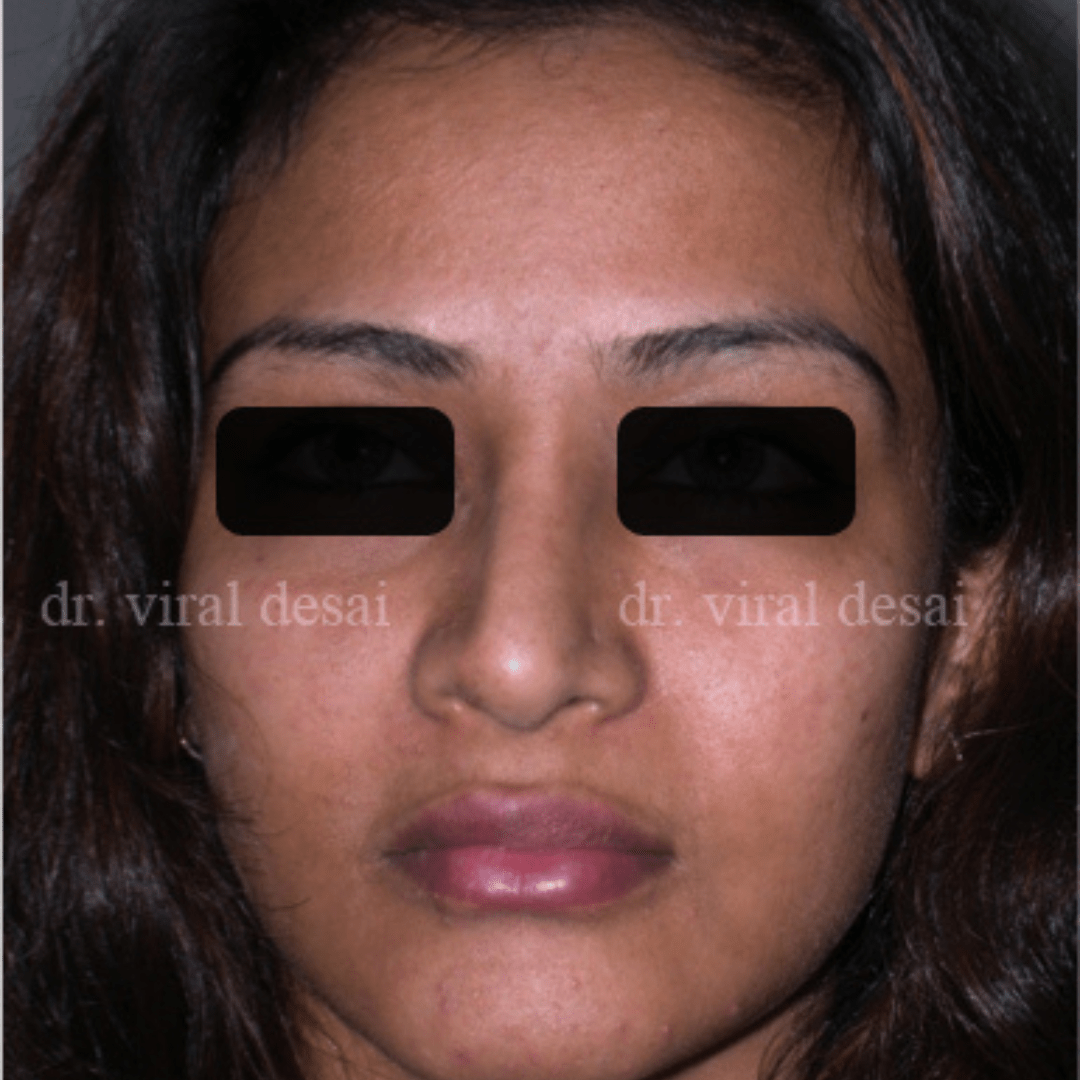
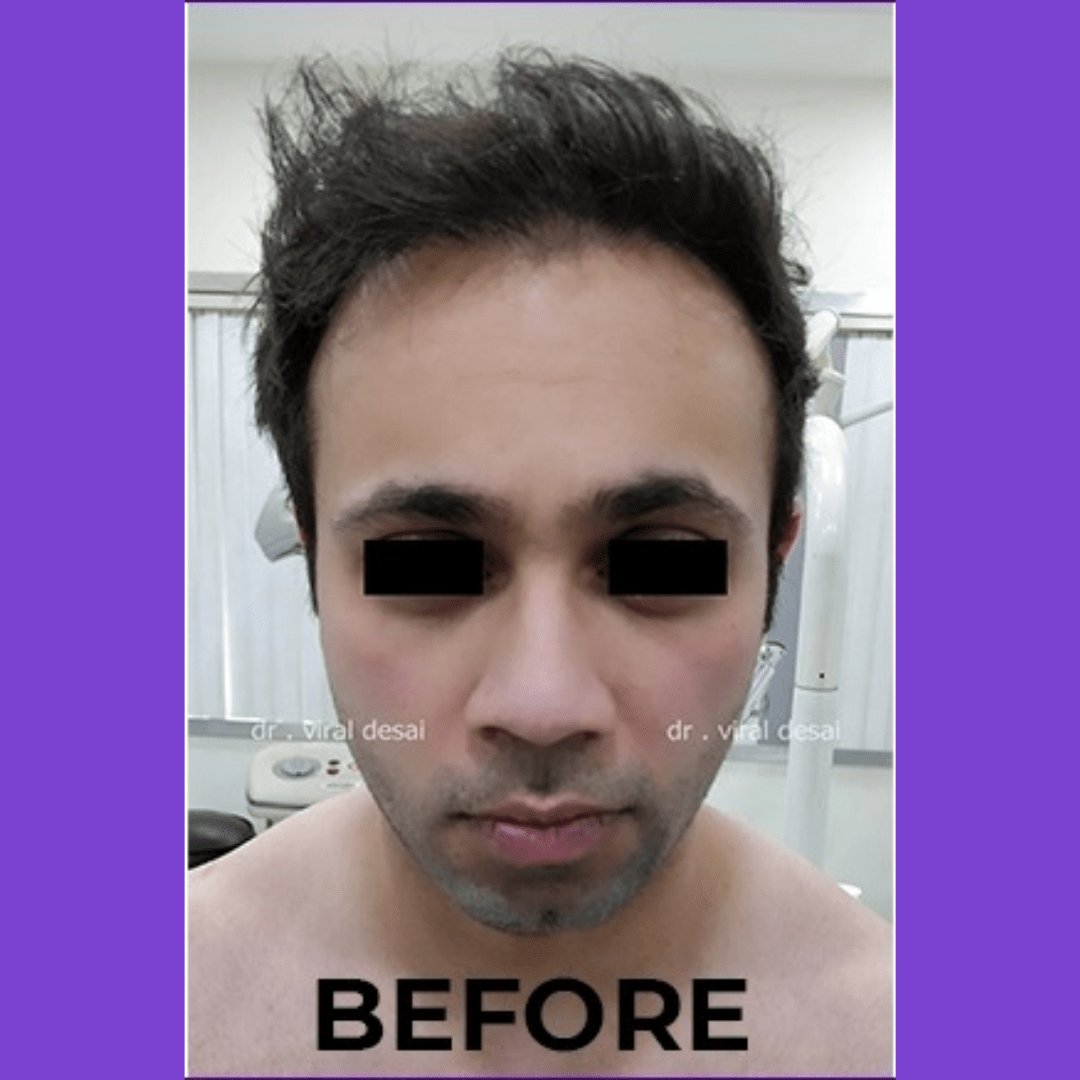
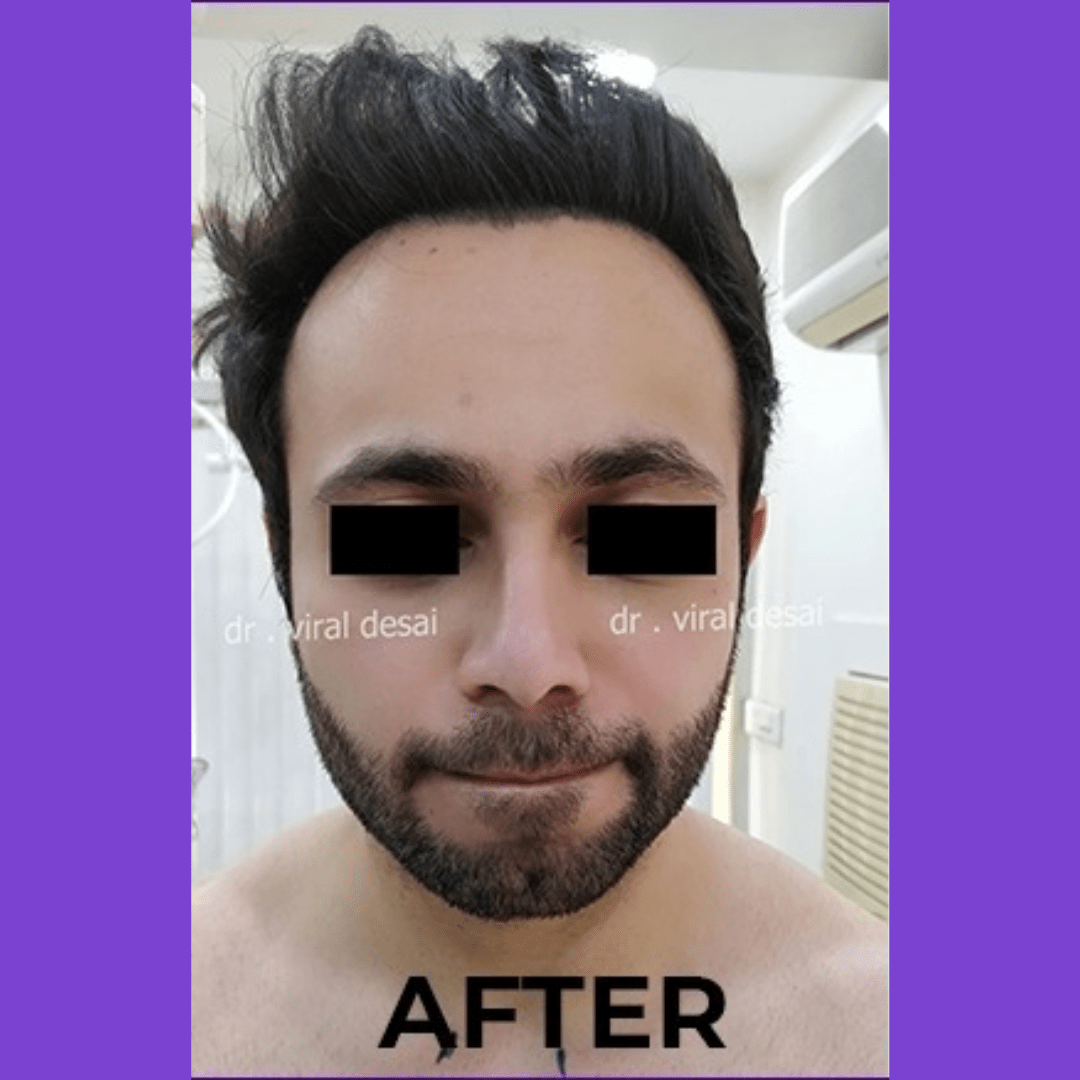
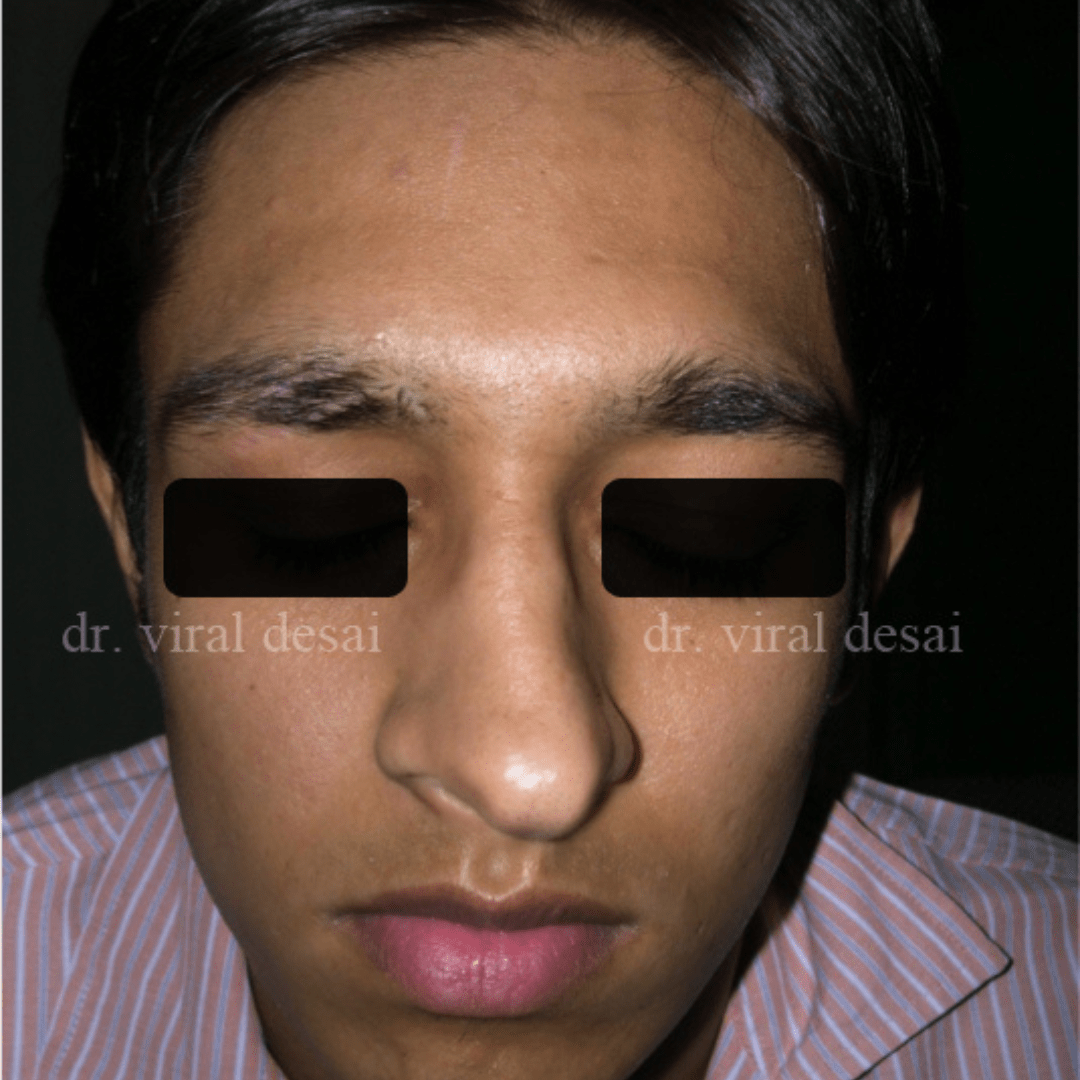
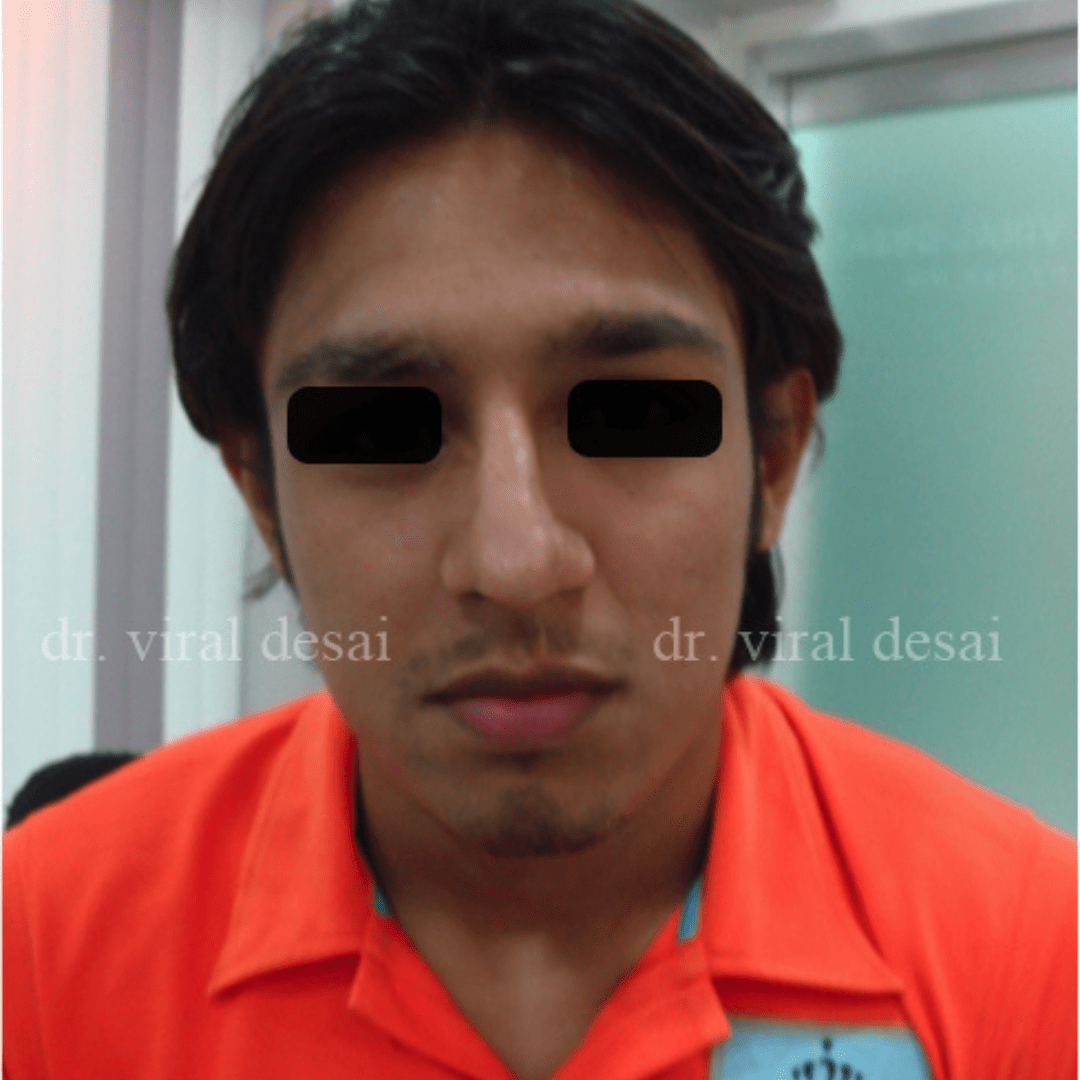
Recovery is a crucial and gradual phase. Let’s walk through the timeline to full healing.
Nose Job Recovery

Initial Few Days: Swelling and bruising around the eyes and nose are most pronounced.
First Two Weeks: Splints and bandages are usually removed within the first week. By the end of the second week, most of the visible swelling and bruising should subside, allowing patients to resume light activities.
First Month: Swelling continues to diminish, and you’ll start to see more of the refined shape of your new nose.
Three to Six Months: Most residual swelling will have subsided, better defining the nose’s shape. You may experience some lingering numbness or stiffness in the nose tip, which will continue to improve gradually.
One Year: The healing process is largely complete, with the final shape of the nose fully settled. Subtle changes might still occur as the tissues fully adapt and settle into their new structure.
Proper care is essential for the best results. Here’s how to take care of your new nose.
Rhinoplasty Aftercare
Here are some key guidelines for rhinoplasty aftercare:
Keep Head Elevated: For the first week post-surgery, sleep with your head elevated above your chest to help reduce swelling and decrease the likelihood of bleeding.
Cold Compresses: Use cold compresses around, but not directly on, your nose to help reduce swelling. Avoid applying pressure to your nose.
Avoid Strenuous Activities: Refrain from vigorous activities and exercise for at least 3-6 weeks to prevent any complications or increased swelling.
Limit Facial Expressions: Minimize extreme facial expressions, as stretching your face can affect the healing process.
Follow Medication Guidelines: Take all prescribed medicines as advised by your surgeon to manage discomfort and prevent infection.
Avoid Glasses: Do not rest eyeglasses or sunglasses on your nose for at least four weeks to prevent pressure on the nasal bones.
Sun Protection: Protect your nose from the sun to prevent discoloration and damage to the healing skin. Use a high-SPF sunscreen or physical barriers if you need to be outdoors.
Nasal Care: Do not blow your nose for at least two weeks. If you must sneeze, do so with your mouth open to avoid pressure on your nose.
Why Choose Dr. Viral Desai for Rhinoplasty?
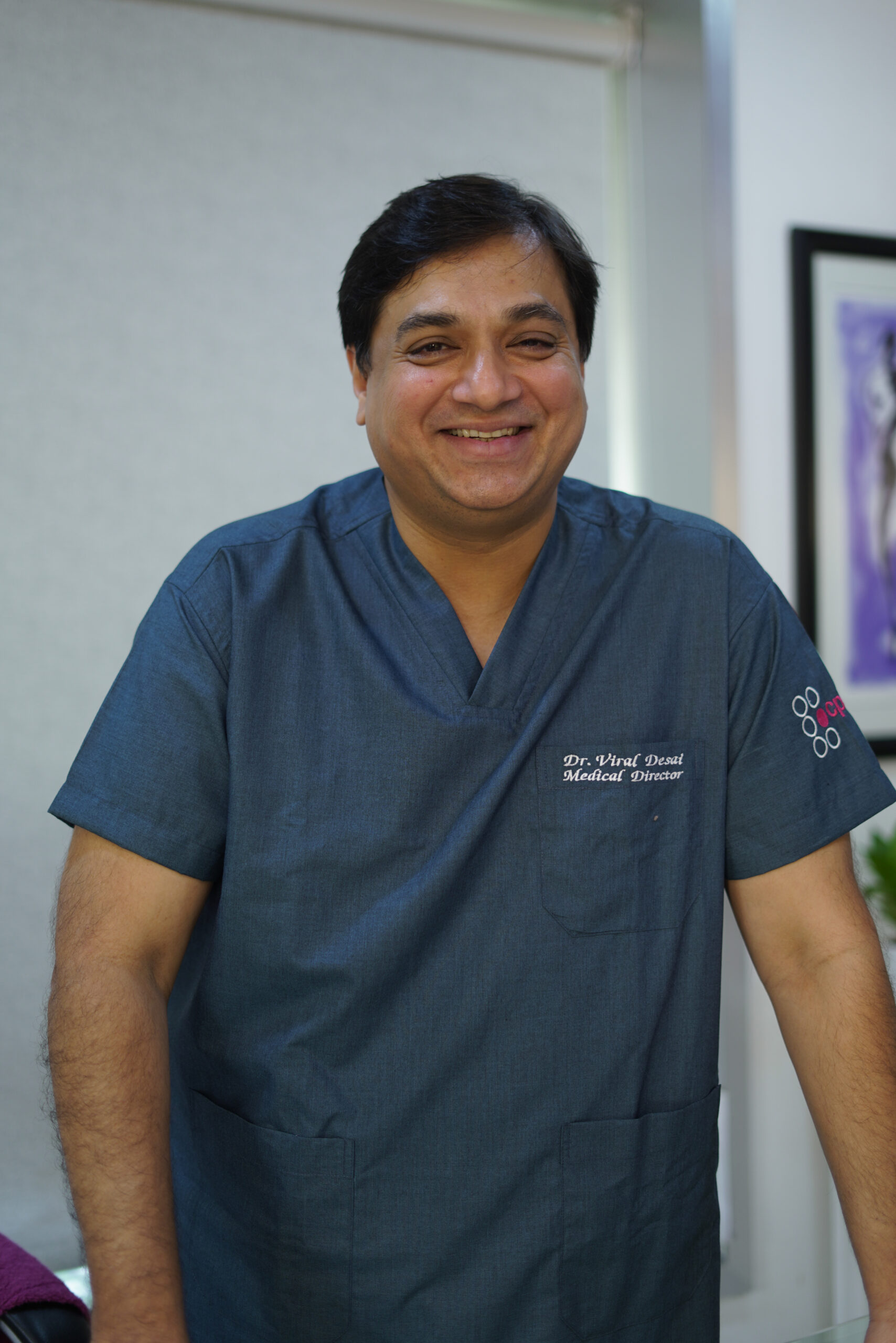
Choosing Dr. Viral Desai for your rhinoplasty offers several distinct advantages:
Extensive Experience:
Dr. Desai is a seasoned plastic surgeon in Mumbai with a wealth of experience in rhinoplasty, ensuring high proficiency and deep understanding of facial aesthetics.
Personalized Approach:
He customizes each surgery based on the individual’s aesthetic goals, ensuring that outcomes enhance natural facial harmony.
Advanced Techniques:
Utilizing the latest surgical techniques and technologies, Dr. Desai maximizes the precision and safety of each procedure.
Comprehensive Care:
From consultation to post-operative care, Dr. Desai provides continuous support, ensuring a smooth recovery and optimal results.
High Patient Satisfaction:
Known for his commitment to excellence, Dr. Desai consistently achieves high patient satisfaction through thoughtful care and effective results.
Testimonials
“I had always been self-conscious about my nose. After a lot of research on a reliable cosmetic surgeon in Mumbai, I decided to consult with Dr. Viral Desai. From the first consultation to the post-surgery follow-ups, his team was incredibly supportive. The results exceeded my expectations, and I finally feel confident in my appearance. The subtle changes made a significant impact on my overall look. I can’t thank Dr. Desai enough for his expertise and care.”
“After a sports injury left my nose misaligned, I struggled with breathing issues and a lack of confidence. Dr. Viral Desai came highly recommended by a friend. The entire process was smooth and reassuring. The recovery was quicker than I expected, and I am thrilled with the natural-looking results. I highly recommend him!”
“I had been considering rhinoplasty for years due to a prominent bump on my nose. Meeting Dr. Viral Desai was a turning point. He patiently listened to my concerns and explained the procedure in detail. The entire experience was positive, and Dr. Desai’s expertise truly shines through in his work. I now have a nose that complements my face beautifully.”
Frequently Asked Questions:
Is rhinoplasty painful?
Rhinoplasty is generally not painful during the procedure as it is performed under anesthesia. Post-surgery, patients may experience discomfort or mild pain, which can be managed with prescribed medication.
Is rhinoplasty safe?
Rhinoplasty is considered a safe procedure when performed by a qualified and experienced surgeon. As with any surgery, there are risks, but complications are rare.
Can I blow my nose after rhinoplasty?
Blowing your nose should be avoided for at least a few weeks after rhinoplasty to prevent complications and ensure proper healing.
How to avoid sneezing after rhinoplasty?
Sneezing after rhinoplasty can happen; try to sneeze with your mouth open to minimize pressure on your nose. To avoid sneezing after rhinoplasty, try to stay away from allergens, use a humidifier, and follow your surgeon’s advice on medications to reduce nasal irritation.
Do you get runny nose after rhinoplasty?
A runny nose after rhinoplasty is common and usually temporary. It should gradually improve as the swelling decreases and healing progresses.
